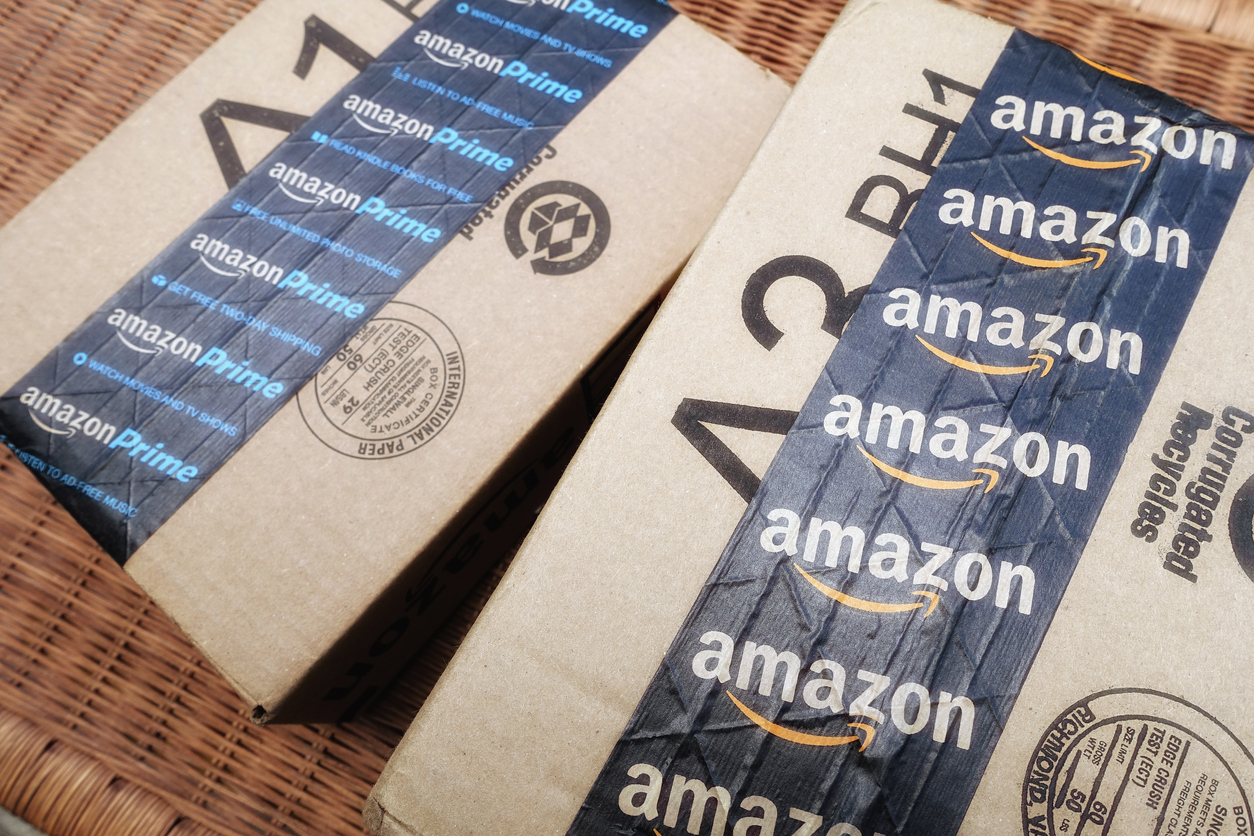
Why Amazon won’t bring $17 billion per year to Maryland
According to a new study by the Sage Policy Group in Baltimore, Amazon would add $17 billion per year to Maryland’s economy if the company chooses Montgomery County as the location for its second headquarters.
The study, however, makes a series of incorrect assumptions that seriously undermine the validity of conclusions drawn from the study.
First, the study assumes that Amazon will, without doubt, keep its promise to create 50,000 or more jobs. This assumption is problematic because other states’ experience show that such promises are seldom kept.
For example, Washington state wooed Boeing’s 777x jetliner facility by offering the largest tax subsidy in U.S. history, at 8.7 billion. Shortly after, Boeing announced it was moving about 20,000 jobs to other cities. If Amazon decided to modify its plans, it would be extremely difficult for Maryland to scale back the already-promised $5 billion incentives through legislation.
Second, the study assumes there are no negative externalities associated with new Amazon headquarters in Maryland. The study neglects negative externalities because they must be taken into account in the calculations—the annual benefit figure estimated would be no longer $17 billion.
The most obvious negative externalities that the study ignores include social and economic costs associated with the increase in housing prices and traffic congestion.
According to Jesse Weber, a real estate advisory expert, wherever Amazon decides to build its headquarters will experience sky-rocketing housing prices. “Filling such a large space sucks up vacancies, driving up rental costs and property taxes and possibly squeezing out smaller companies that can’t afford rent hikes,” he said.
Consider what happened in Seattle. Since Amazon moved to Seattle’s South Lake Union neighborhood 7 years ago, home prices in the city have jumped by 83 percent and rents by 47 percent.
According to a report from Apartment List, which analyzed how rents in contending cities would be affected if Amazon moved in, Maryland was one of the states that would be most adversely affected.
Maryland’s transportation system is already far from perfect, as demonstrated by the recent closure of the Baltimore metro. Amazon would exacerbate existing transportation problems in Maryland by increasing population and traffic congestion, but the study did not address these economic costs of increased congestion.
In addition, Maryland governments would be forced to think about long-term funding structure to accommodate Amazon commuters and reduce congestion, which would likely exceed the $2 billion promised already for short-term improvements.
Third, the study ignores the indirect costs that would be incurred when small business owners and retail shops shut down or move out of Maryland because of the negative externalities discussed above. After all, the higher costs of doing business, such as increased rent, will disproportionally hurt small retailers. It will also discourage businesses from moving into Maryland. Resulting costs will be immense, especially because small businesses are responsible for 64 percent of job creation.
Last, the report does not address Amazon’s effect of Maryland’s inequality. According to Daniel Brisson of the Burnes Center on Poverty and Homelessness at the University of Denver, the poorest population is most likely to suffer the most if rich Amazon employees accelerate gentrification and price out low-income residents.
Similarly, rising house prices will benefit homeowners while alienating renters. According to a study, a 1 percentage point increase in the Gini index decreases economic growth by 4.5 percent in the long run.
Overall, the Sage Policy Group study thoroughly covers the possible (but not promised) benefits of an Amazon location in Maryland, but it does not look at the downsides.
Calculating the accurate net economic impact would require a cost-benefit analysis and rigorous accounting. The estimate of $17 billion increased economic activity comes from a cost benefit analysis that does not consider any costs.





